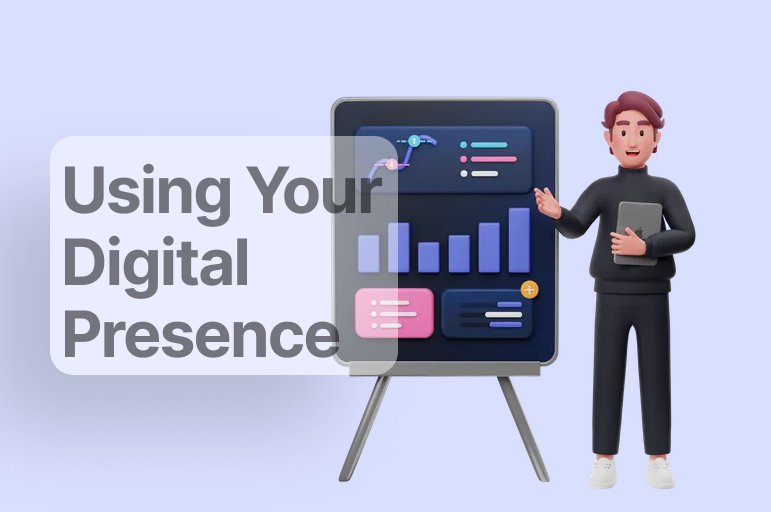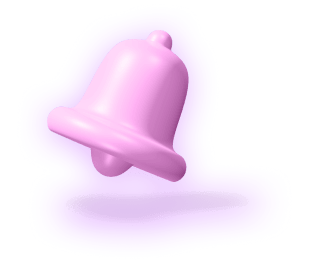It is impossible to answer because the average recruiter needs to review CVs only in 6 seconds! No wonder why people spend days and even weeks making CV design and showing themselves in a nutshell with bells and whistles. They aim the best for the sake of a few seconds of the recruiter’s glance.
This write-up stands for you to create the best CV design to land you in the job interview quickly. So, what things should you dig out of that? The first thing that you must do is select which CV design suits you. Sure thing, you need to mark when or how to use them along with the job or field format you want to apply. Below are types of CV designs to help you find a career path. Let’s get down to the nitty-gritty:
CV Design Type 1: Functional or Skills-Based CV
This CV design highlights the skills and achievements throughout your whole career apart from where you acquired them.
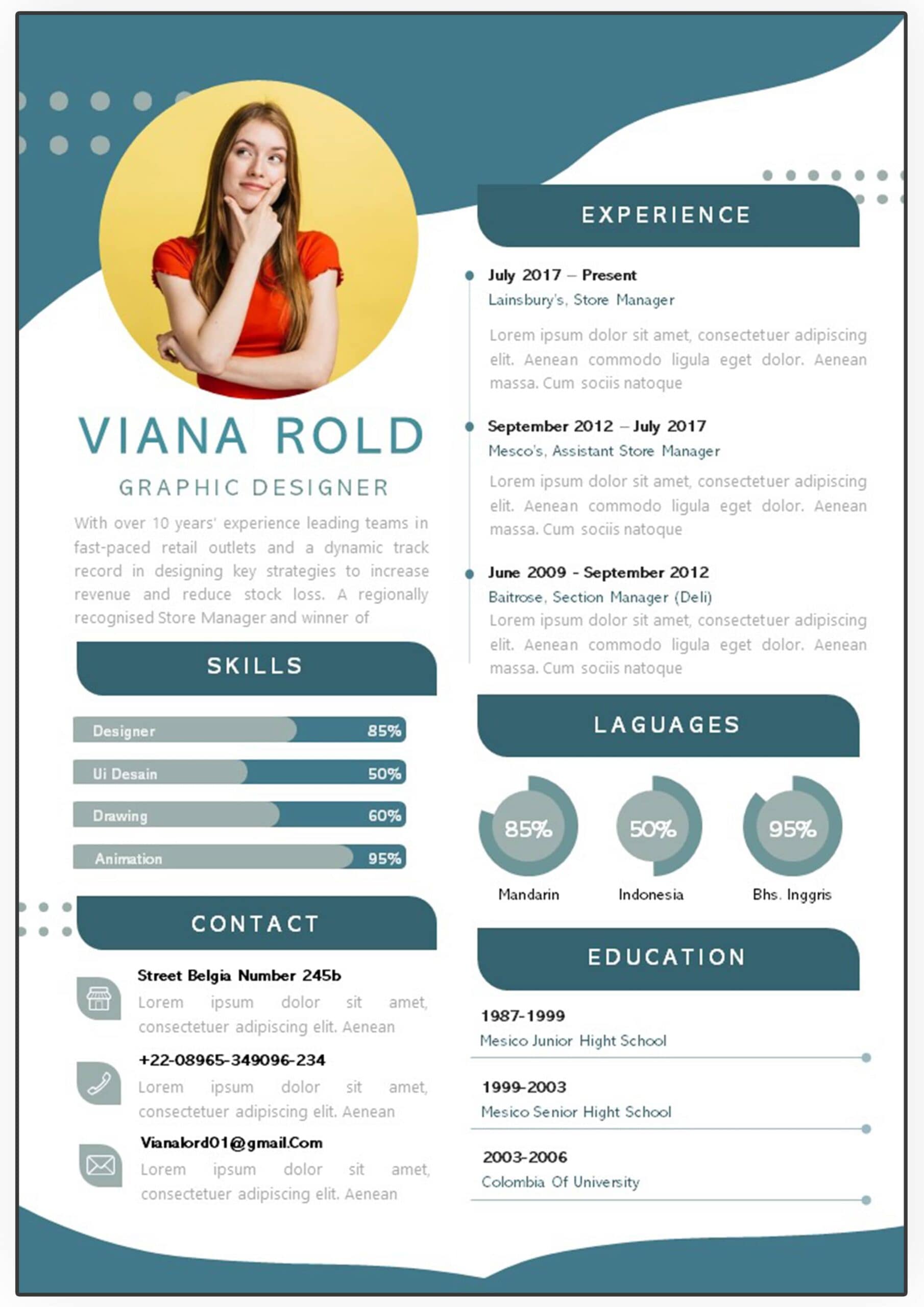
What are the elements?
- Personal information
- Professional summary
- Relevant skills
- Professional experience
- Education history
- Interests
When do we use it?
- Looking for a new chance with less experience in the different target sectors
- Having a lot of job plans that required using the same skills
- Needing to emphasize the skills
- Starting a career
- Changing career fields
For those who want to start a new beginning in a career pathway, we recommend you dig more about this type of CV. Because this type is pretty generic, which means applicable to all usages, so many fortunes will come up once you know how things work.
CV Design Type 2: Chronological or Performance CV
A chronological CV is a conventional format for steadily planning your way up.
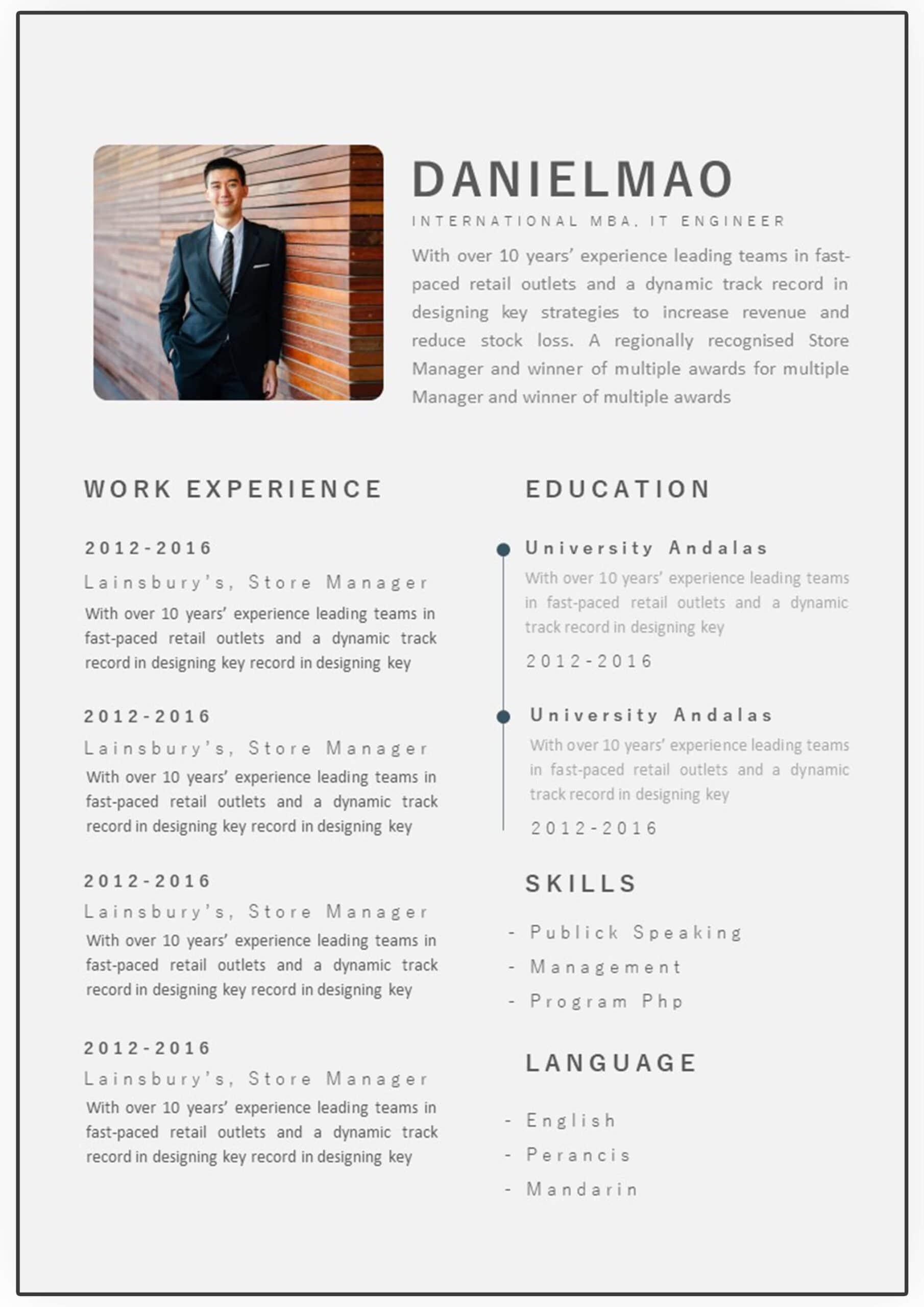
What are the elements?
- Personal information
- Summary
- Professional experience
- Work history
- Education
When do we use it?
- Having a consistent career without any gaps with a varied job description
- Working in the same sector temporarily and changing in the same fields
- Presenting a lot of achievements
- Highlighting work history rather than achievement
When you write a resume using this CV format, you need to have an impressive enough level of expertise in specified skills. In other cases, it could work against you. All in all, this one is recommended for senior role applications.
CV Design Type 3: Combination or Hybrid CV
This type of CV is a mix of both previous CVs. It is used to focus on skills and achievements then supported with work and educational experience.
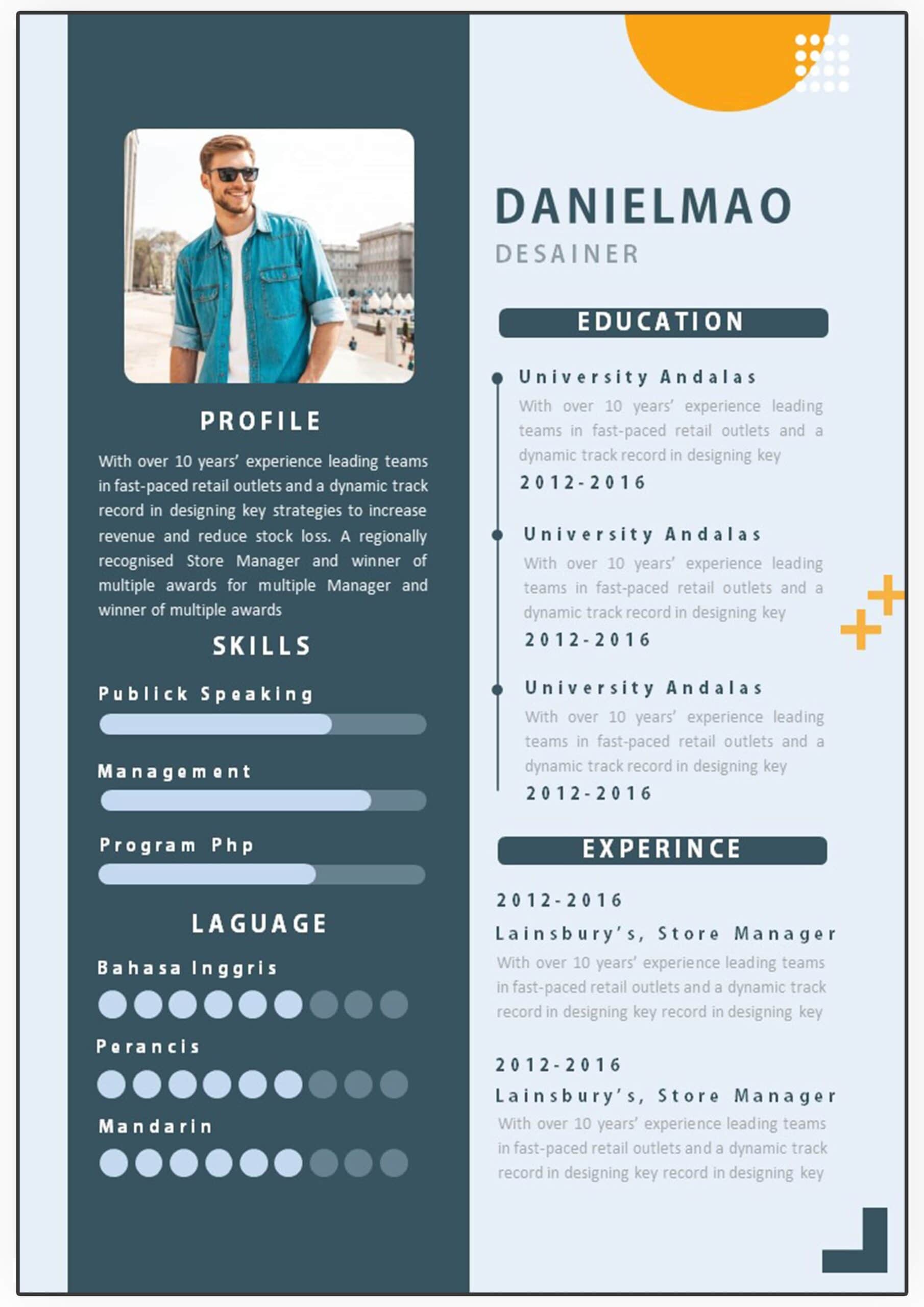
What are the elements?
- Personal information
- Summary
- Relevant skills
- Professional experience
- Work experience
- Education
When do we use it?
- Experiencing career history without any gaps
- Showing the specific skills and work experience to support
- Applying for a higher position
At a glance, you can understand that this one is the most versatile of all. It ables you to showcase any expertise you got compactly.
Not many people can create this CV unless they have tons of experience and some legit resumes.
See also: The Most in Demand Tech Jobs 2022 to Consider: Here are 4 Reasons
CV Design Type 4: Technical CV
Are you tech-savvy? Do not fret! This type of CV is mainly created for tech companies.
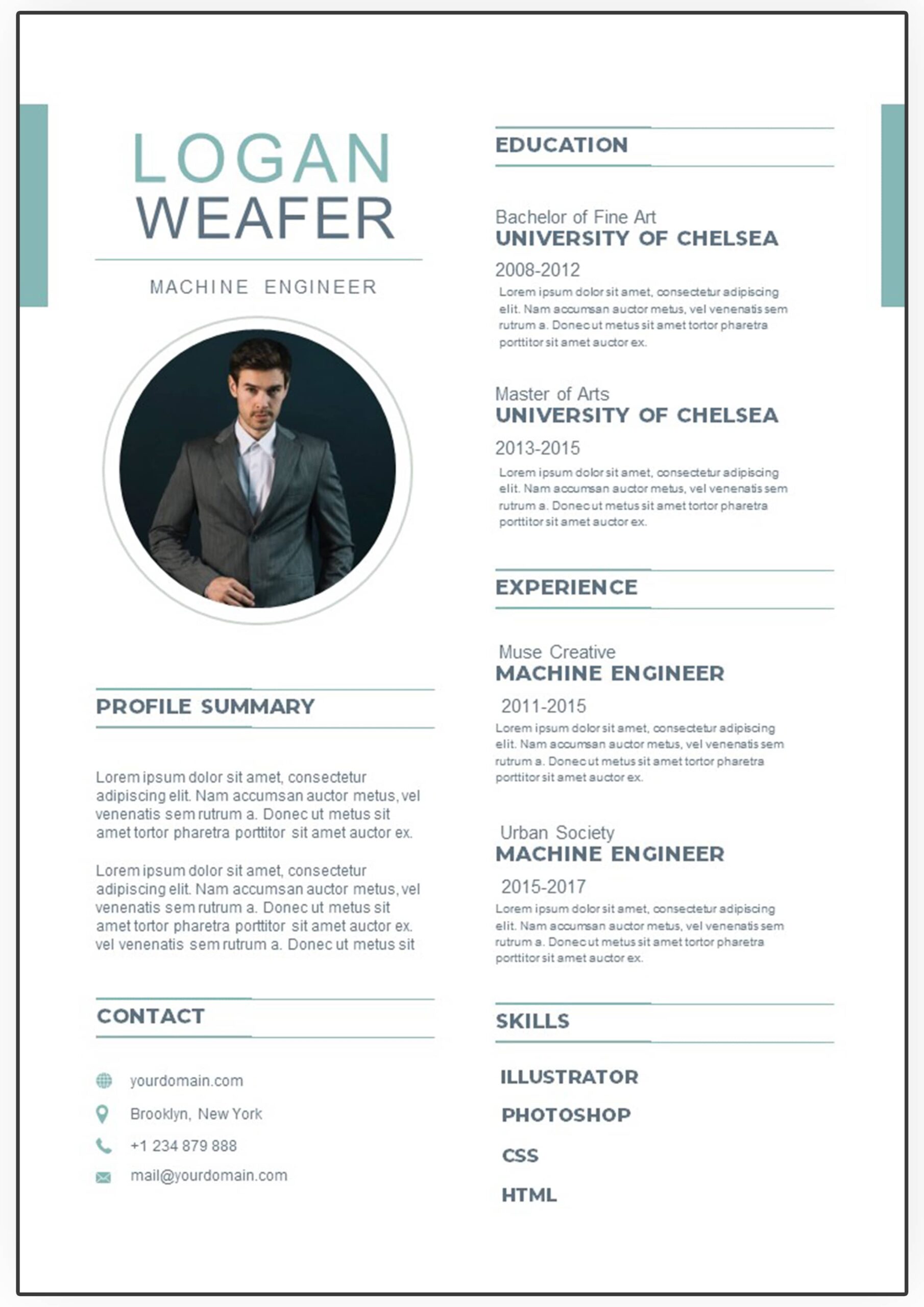
What are the elements?
- Personal information
- Personal summary
- Hobbies/Interest
- Technical skills
- Work experience
- Leadership experience
- Education
When do we use it?
- Getting a job promotion to a higher role
- Adding specific skills without repeating your roles
In short, this type of CV doesn’t need a sugarcoat or impressive design. A technical CV will work best for science graduates, in which the content, copy, and skillset description must be written in a straightforward style.
See also: 5 Jobs You Can Get Into with a Graphic Design Major
CV Design Type 5: Creative industries CV
A creative CV is designed to showcase your creative expertise for a role that includes elements of design, art, animation, VX/FX, or production. Wowee! It looks interesting.
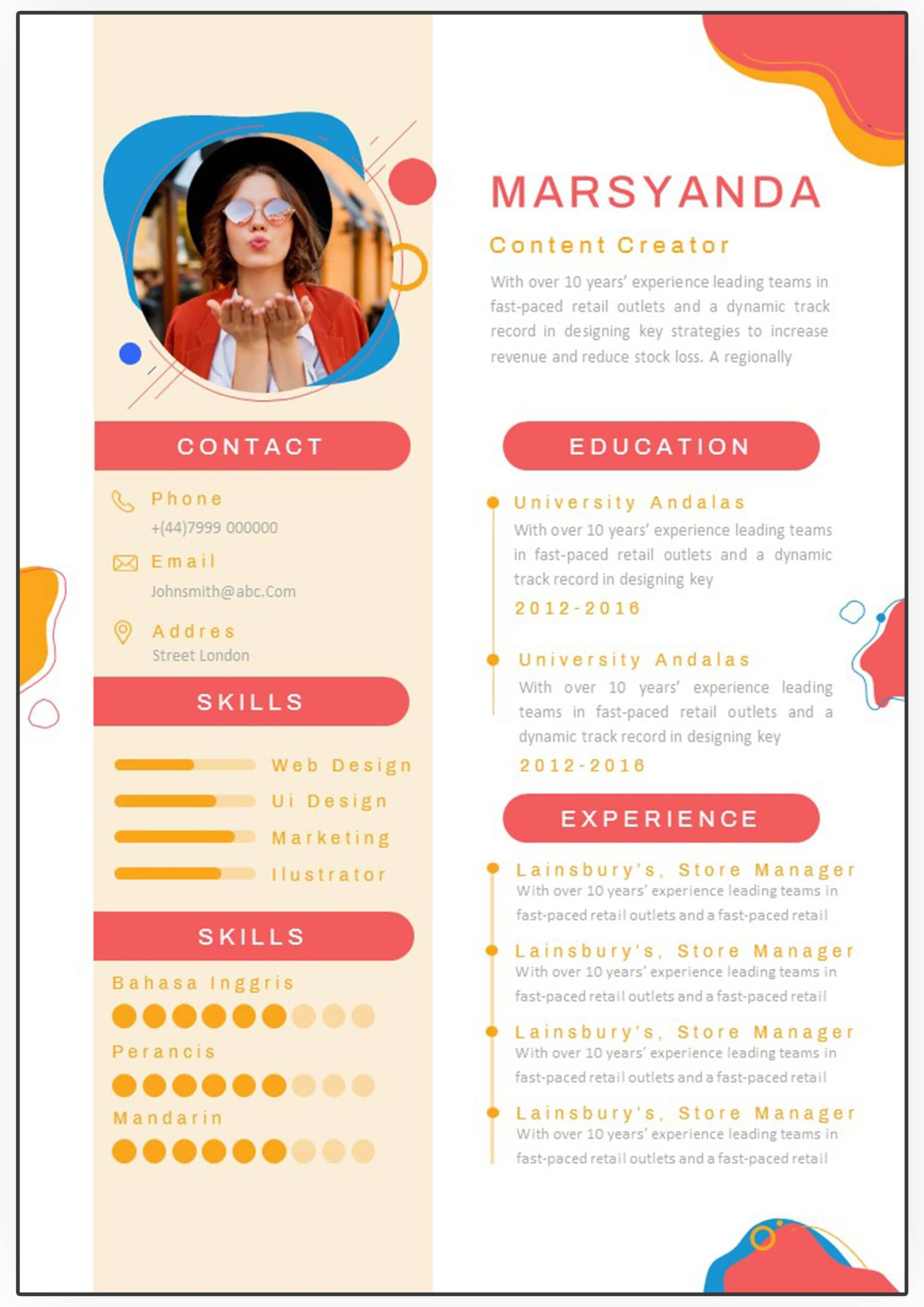
What are the elements?
- Chronology of your career
- List of awards and publications
- Education
- Computer skill
- A portfolio
- Work experience
- Achievements
When do we use it?
- Grabbing an employer’s attention for related jobs.
- Applying for specific jobs, e.g., fashion, film, music, performing arts, and way more.
It is a contradictory CV from the previous one. If you attempt a continuing career in an agency, you must go with a creative CV. The design of this CV must be unique and compiled in one file with portfolios.
See also: 20 Tech Skills You Need to Increase Your Job Opportunities During Outbreaks
CV Design Type 6: Video CV
Are you an expressive person and want to look groovy? You can make a CV design in a catchy video to promote your work. Afterward, you can email it to a hiring manager. In the same way, the candidate adds the skills and experiences in Video CV.
What are the elements?
- An introduction
- Relevant skill
- Tell your goals and motivations
- Eye-catching props
- Contact details
- Add a call-to-action
- Achievements
When do we use it?
- Applying for creative sectors or customer service roles, e.g., advertising, creative arts, marketing, media, PR, and sales.
- Showing a creative portfolio.
A video resume can help you stand out in a competitive job market. In a world where attention spans are shrinking, video is the perfect way to get your message across succinctly and effectively.
See also: Most Wanted Jobs During COVID-19
CV Design Type 7: Academic CV
If you aspire to be a lecturer or so, this CV is right for you.
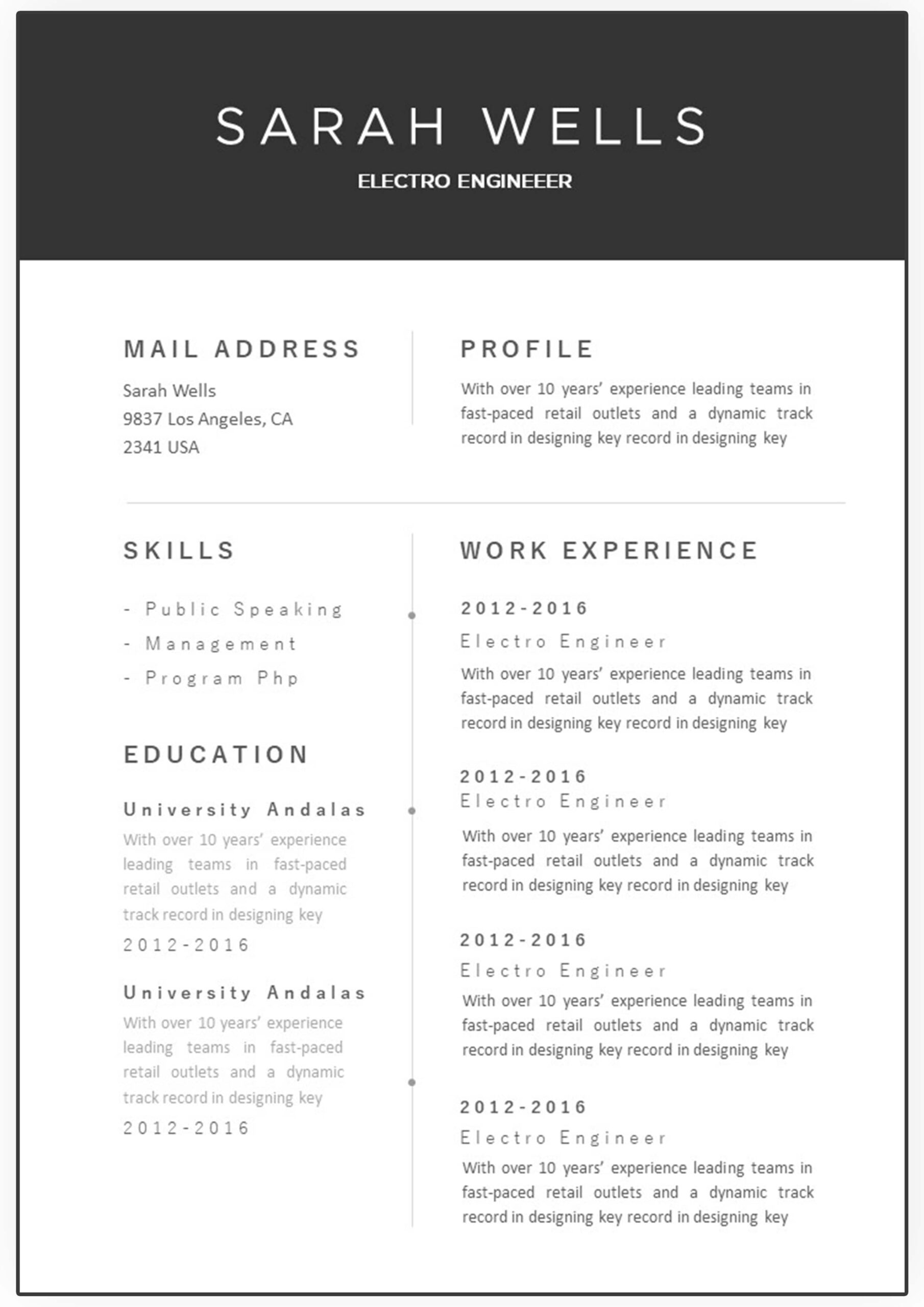
What are the elements?
- Contact details
- Education and qualifications, starting with a Ph.D.
- The title of your Ph.D., research, and the names of supervisors
- List of publications, presentations, posters, and conferences
- Teaching, supervision, or training experience
- Awards and scholarships
- Relevant societies
- Areas of research interest
- Any specialist or technical skills
- At least two academic referees
When do we use it?
- Looking for a scholarship program
- Applying for lecturing or research roles
An academic CV is considered the definitive proof of your credentials and should be used when applying for extreme academic positions such as four-year colleges and universities.
So, make it formal and use an educative tone to your content.
See also: 10 Possible Skills to Build for a Successful Career in the 21st Century
What to do next?
After knowing the types of CV you need to make, then it is time for you to scratch it. Below are five additional tips that either applicable for beginners or experts while creating an understandable and effective CV layout:
Simple but stand out
Simple doesn’t mean being dull. A CV is a reflection of your persona. Undoubtedly, the recruiters will scan it. Consciously or not, they need hard work to do it for over a hundred candidates.
Make your CV stand out with a distinctive design. Just don’t overdo it.
Be brief
Employers do not have the time to read our entire life story. CV design should ideally fit onto one side of the A4. Don’t be so hard to cover a lack of experience with wordiness. A clean and well-laid-out CV design will win you.
Choose your font wisely
CV design should be legible, so it is a good idea to use readable fonts. Take a look at how to do font pairing to find something reliable.
Color is the key
From the design perspective, giving color is an acceptable way to add the perfect touch. Use the color carefully! Visit our post about color theory for more info on this.
Proofread, proofread, and proofread!
It is crucial to know how well we write. Grammar and spelling mistakes are disastrous since it is easy to spot your error. So, always double-check your grammar and spelling. Get some software like Grammarly or Grammarcheck to assist you.
The last touch
To sum up, to turn CV design more dazzling, you need an amount of elbow grease and get reading glasses of it. Make sure every little thing is brushed to perfection. In case you need to redesign your CV with no sweat, we can help you. Check our service here. Don’t worry, and our price is reasonable.
Let’s visit RRSlide to download free PowerPoint presentation templates with many categories. But wait, don’t go anywhere and stay here with our Blog to keep up-to-date on all the best pitch deck template collections and design advice from our PowerPoint experts yet to come!



